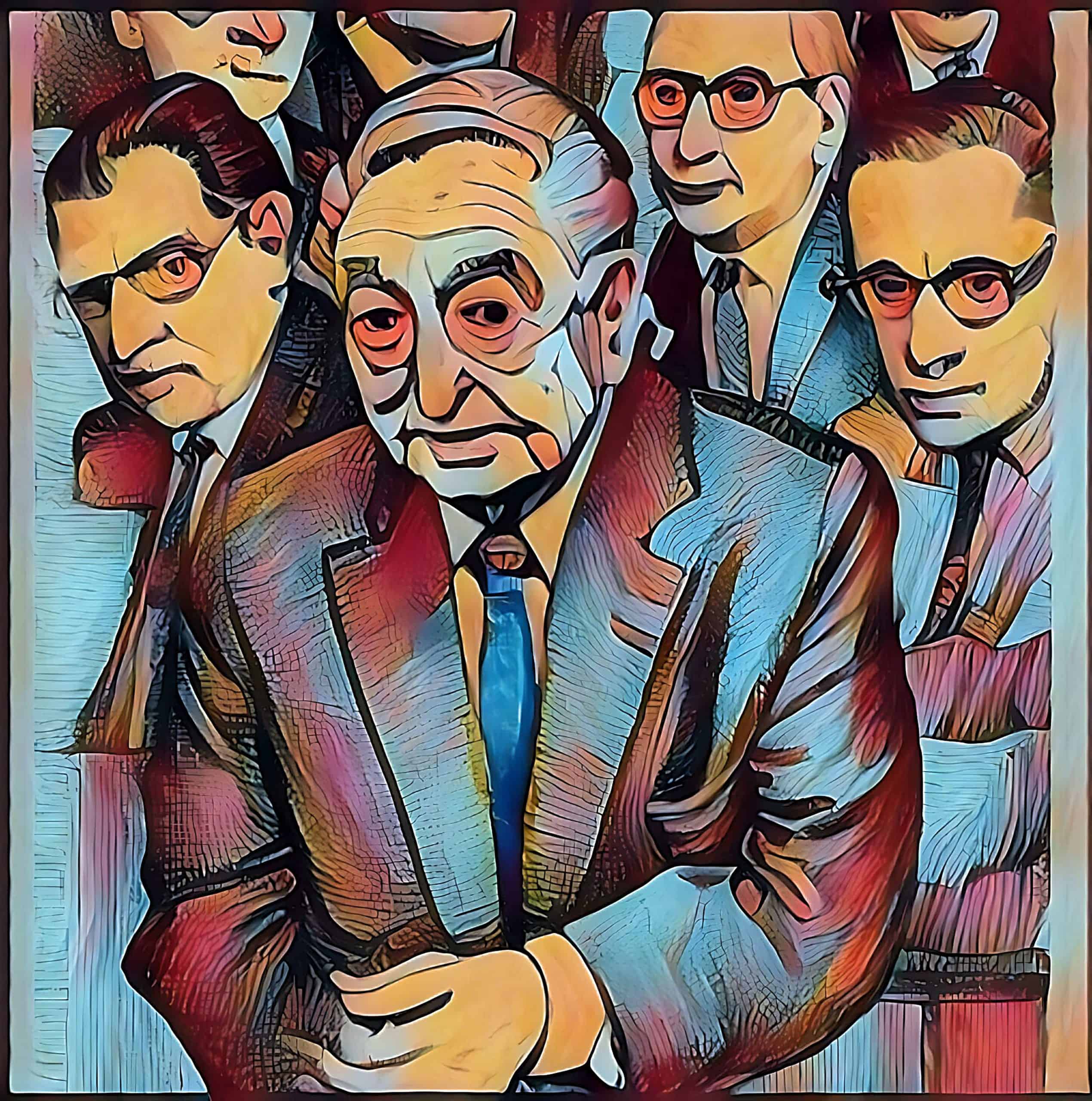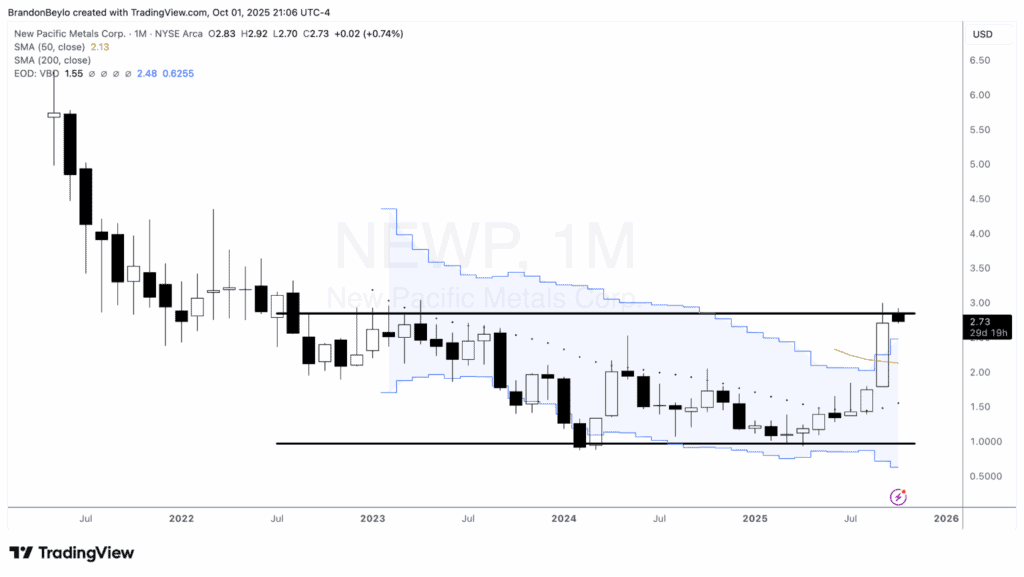The following is straight from Operator Kean, a member of the Macro Ops Hub. To contact Kean, visit his website here.
The Quantum Group of Funds is one of the most successful hedge funds in history. Built by uber-investor George Soros, it was only recently overtaken by Bridgewater to become number 2 on the list of the most profitable hedge funds of all time. Given Quantum’s success, there’s much we can learn studying the investment philosophy and mindset of the man who ran it.
(I) Uncertainty is the name of the game!
Have you ever been 100% sure about something which turned out to be completely wrong?
Soros has.
That’s why he understands that humans are fallible creatures. We’re imperfect beings with an imperfect understanding of the world around us.
Soros was originally intrigued by a concept from Quantum Mechanics called the Heisenberg Uncertainty Principle. It postulates that the precise position and momentum of a particle cannot be measured 100% accurately. No matter how sure you are of the process, there’s always an element of uncertainty involved.
Understanding and accepting uncertainty is crucial. Doing so gives you the courage and conviction to:
- Admit you can be wrong
- Acknowledge the markets can be wrong
- Accept that both you and the markets can be wrong in varying degrees
Soros believes that markets cannot be understood merely through traditional economics. There’s nothing real and tangible involved. It’s all just a mix of opinions and belief systems. This means that in order to survive, we need to think in possibilities, and constantly adapt to an ever-changing paradigm.
(II) Risk is inevitable. Manage it!
Most believe risk is two-dimensional — to make higher returns, you need to assume higher risk.
But Soros sees it differently. He believes in asymmetry. Instead of abiding by “more risk = more return”, Soros obsesses over risking as little as possible to make as much as possible.
He also understands that everything has an element of risk that’s unknowable (uncertainty principle). In reality, what most consider a “risk-free” asset could actually be disastrous in extreme and unexpected circumstances. Instead of “risk-free”, Soros would prefer calling these assets “low risk based on what I or others know”. Notice the difference? It’s subtle, but comes with a drastic shift in mindset.
Soros’ deep understanding of risk allows gives him comfort in tough times. Multiple biographies quote Soros calling his period as a refugee during WW2 as the “best time of his life”. He was comfortable “living riskily” in that environment during his youth. Later on in life, while managing Quantum, Soros was known for taking big bets that seemed overly risky to others. He’s the one who pushed Druckenmiller to size up their pound trade and “break the Bank Of England”.
The point is that Soros fully understands and accepts risk down to his core — both the known and unknown kind. This allows him to maintain a healthy relationship with risk through which he can successfully manage it. That’s what it takes to win in this game.
(III) The bottom line is all that matters!
Soros is limitlessly flexible. He doesn’t care about abiding by a particular investment strategy or set of rules. He only cares about profits.
In fact, when recalling his investment activity, Soros failed to find just one system or list of rules that he maintained throughout his career. He instead found constantly changing patterns that were unforeseeable beforehand. Every new form of speculation was different than the prior. It all depended on circumstances. In both Inside the House of Money and Soros on Soros he’s quoted as saying:
I don’t play the game by a particular set of rules; I look for changes in the rules of the game.
This is why Quantum was unique. They never had a set strategy. The fund was highly opportunistic, investing across all asset classes, across the world. They had no directional bias and played both the long and short sides. Soros believed that setting a strategy was merely an ego-building exercise that would turn one myopic.
Soros also had no qualms about riding bubbles and manias. He once said that when he sees a bubble forming, he rushes in to buy, “adding fuel to the fire”.
He doesn’t mind going against the crowd either. Soros famously crusaded against various central banks in the 1990s, betting big and capitalising on the collapses of currency pegs in Europe and across emerging markets.
This unconstrained and ruthless approach evolved Quantum into what is now — a family office that consists of everything from real assets, to private equity, and even venture capital vehicles. The fund adapted to whatever made money…
This philosophy and mindset is what made George Soros the market legend that he is today. Following his principles will help you on your road to market success as well.
To learn more from George Soros and other investing legends, click here.








